Expanded clay and its fractions

Expanded clay is an insulating material, it is an environmentally friendly product. It is a lightweight and porous material, it is produced by firing low-melting clay. It is also made in the form of sand, in appearance it looks like oval granules.
Bulk density - from 250 to 600 kg per m2 or maybe even higher, it all depends on the method of clay firing. Distinguish between small and large expanded clay, depending on the fraction. What it is will be described in detail below.
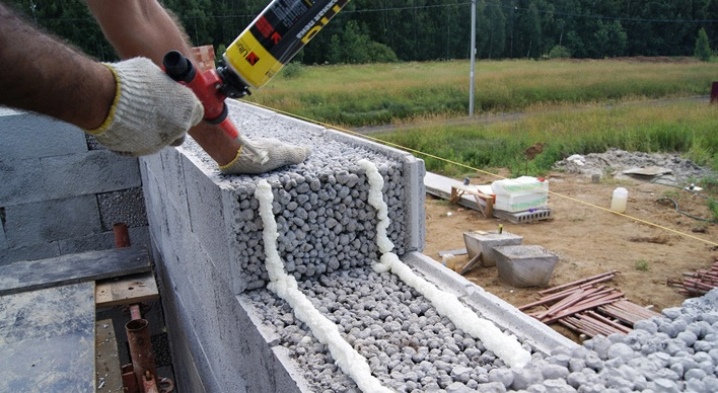
Appointment
The main purpose of expanded clay is thermal insulation, but this is not the only purpose for which it is used.
It has the property of soundproofing, and can serve as a very good "underlayment" material.
It can be applied as a screed for leveling the floor, for this you need to use small expanded clay 0.1 - 0.2 centimeters, or smaller fractions.
It is not always possible to bring building material to the place where it is required (construction, repair work, etc.), in bulk on large vehicles. But this problem can be easily solved by packing expanded clay into bags. Due to the relatively low weight of the bag, it is possible to bring the material to the right place without difficulty and additional costs without involving a dump truck.
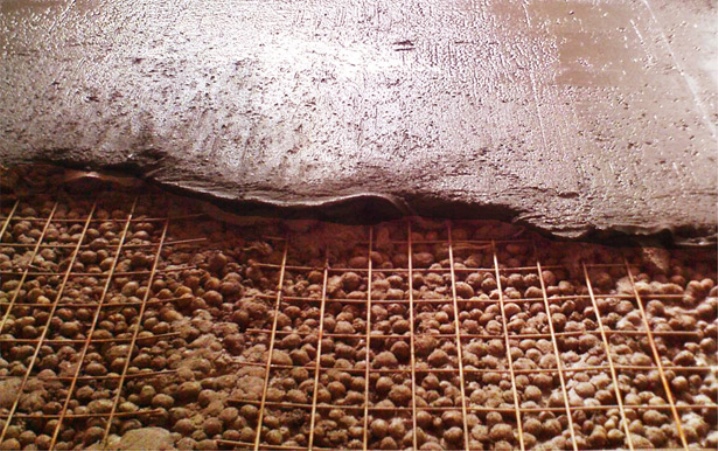
Properties
Since this environmentally friendly and highly demanded material, it has unique properties, which it transfers to all its derivatives:
- It has both sound and thermal insulation.
- Great strength not light weight.
- Resistant to frost, moisture and fire.
- Long service life.
- Resistant to negative chemical influences.
- Resistant to the appearance of fungi and decay processes.
It is also natural and environmentally friendly.
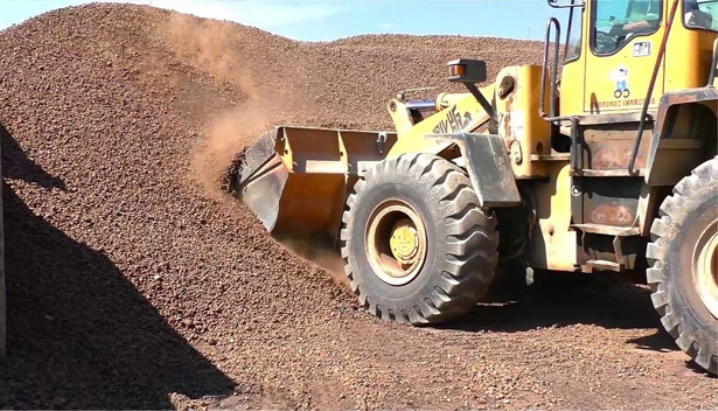
Types depending on the size of fractions
Outwardly, this material looks like gravel. The composition contains small and large granules of an oval or spherical shape.
The granules of the composition look like a glassy mass covered with a shell.
All granules vary in size, which ranges from 0.05 to 0.4 centimeters. The material can be divided into 3 types of fractions. The scope of application depends on their size. The division into types is carried out by measuring the size of the granule:
- 0-5 mm- expanded clay small fractions - used for leveling the floor and in the manufacture expanded clay concrete blocks.
- 10-22 mm - it is used to insulate floors and ceilings in houses;
- 20-40 mm - it is used for insulating roofs, basements, garage floors and for insulating heating mains.
The use of the last two fractions in the screed makes its layer thicker.
Expanded clay sand is considered to be the smallest fractions of expanded clay, granules with a size less than the established one, that is, less than 0.05 centimeters.
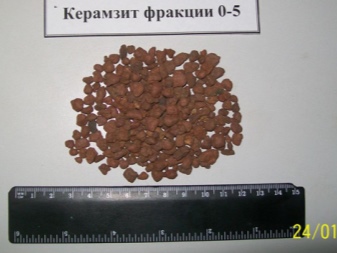
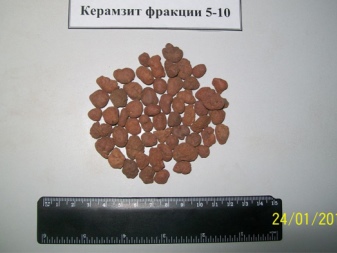
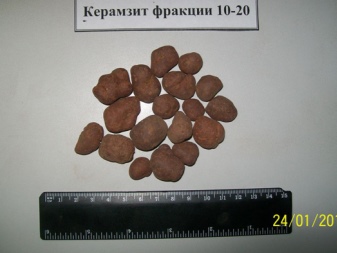
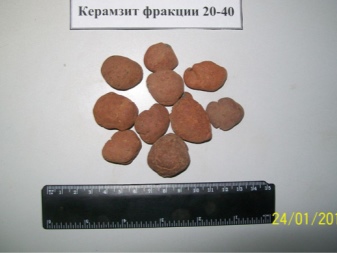
Application
Gravel
A person will not be able to look at the process of making gravel from expanded clay, since hot air will interfere, but the manufacturing process is very spectacular:
- Clay, which melts easily, is constantly rotated and exposed to high temperatures in pyrogenic furnaces.
- Further, the rock is fired.
- As a result, after these actions, rather large granules are obtained, about 0.2 - 0.4 cm.
To obtain other fractions, these granules are crushed into smaller particles.
Very good gravel is obtained from this material and it has such characteristics as:
- fire resistance;
- frost resistance;
- waterproofness.
There are no impurities in the composition that could damage the cement - this is important, since this material is often used as an aggregate for the manufacture of lightweight concrete - expanded clay concrete.
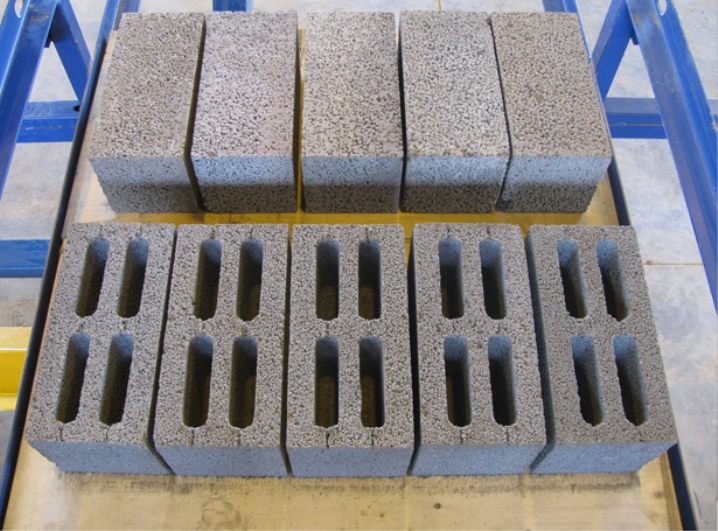
Crushed stone
To obtain crushed stone, the largest parts of the material are crushed to obtain smaller fractions.
The size of crushed stone granules ranges from 0.05 to 0.4 centimeters. It is the same size as gravel. It can be distinguished from other materials by the shape of granules - they have an almost arbitrary, most often angular shape. The scope of application of crushed stone is the same as that of gravel; it is used to fill lightweight concrete structures.
Sand (fines)
In order to obtain sand, large fractions are crushed or fines from clay are fired. After the listed actions, expanded clay of fine fractions with a size of less than 0.05 centimeters is obtained. The purpose of this particular sand is to mix it into a variety of solutions, and lightweight concrete is also filled with it.
Also, expanded clay is perfect for making concrete. This is confirmed by the fact that it has resistance to frost, and it is also worth noting its excellent resistance to combustion and protection from decay processes. Due to the listed advantages, this material is very often used for the manufacture of foundations.
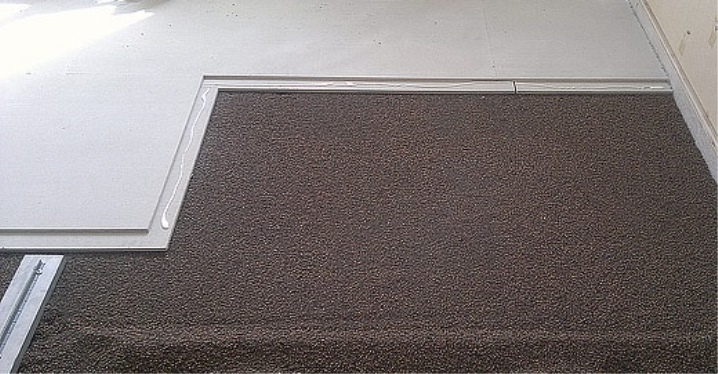
Construction
House
House of expanded clay blocks easy enough to build. Moreover, such construction is quite economical, and the house will have a number of remarkable properties.
Bath
Expanded clay has found application in the construction of various baths. It can also be used as thermal insulation for the walls of the bathhouse due to its properties: the required temperature is quickly established in the room and remains for a long time. For this purpose, it makes no difference which material to use: fine or coarse.
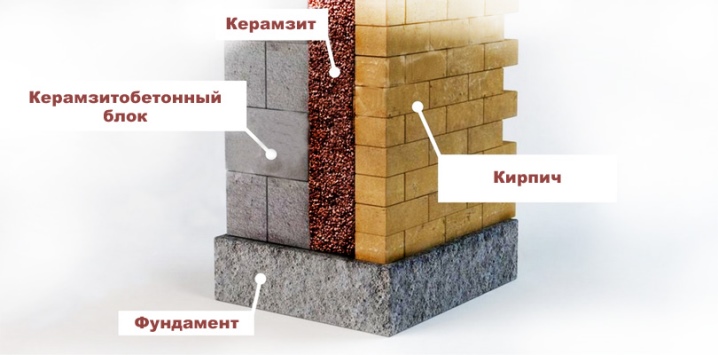
Laying of communications
For laying water pipes or, for example, heating systems, you need to purchase a material such as expanded clay. Then you will be calm that the warmth will reach your home. Another advantage of this material is that in the event of a leak, you do not need to dig out hard soil. And after eliminating the accident, fill it with the same material again.
Other application
This material finds its application not only in construction work, but also in other areas:
- you can make a path in the country,
- insulate the roots of garden plants, thereby increasing the yield of the site. For this, the material of the fraction 0.1-0.2 centimeters is perfect, since it will create a drainage system in the roots.
- for indoor plants, you can use the same advice. The only difference is that you need to choose a smaller fraction, about 0.05-0.1 centimeters.
Currently, many professional builders are no longer using simply cement-sand screed as an outdated technology. When screed, the floor covering is covered with expanded clay, which significantly improves the quality. Even an inexperienced amateur builder will be able to do such a screed.
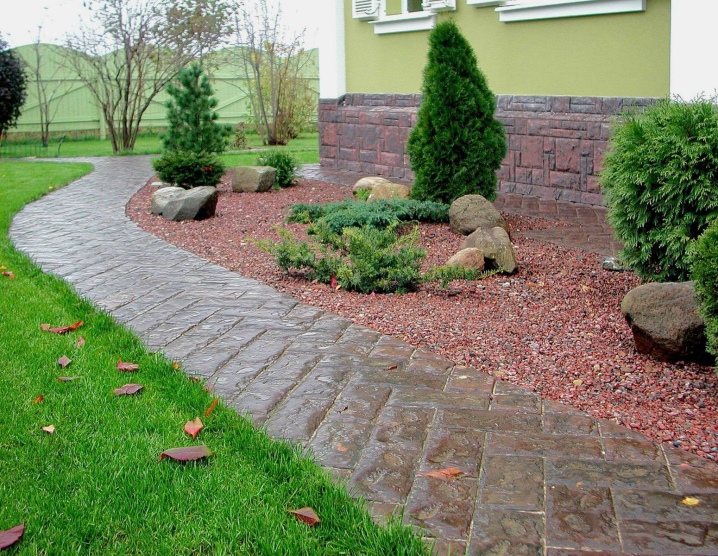
Due to such material properties as thermal insulation and mechanical characteristics, it can be used to solve a number of construction problems. Expanded clay with fractions of 0.1-0.2 centimeters is most widespread.
It is used as thermal insulation for a wide range of purposes:
- roofs,
- floor coverings,
- walls,
- basements,
- foundations.
Many people use it about the well masonry of a building. Also, expanded clay is perfect for equipping street water supply systems, sewer systems and many other communications, plant growing.
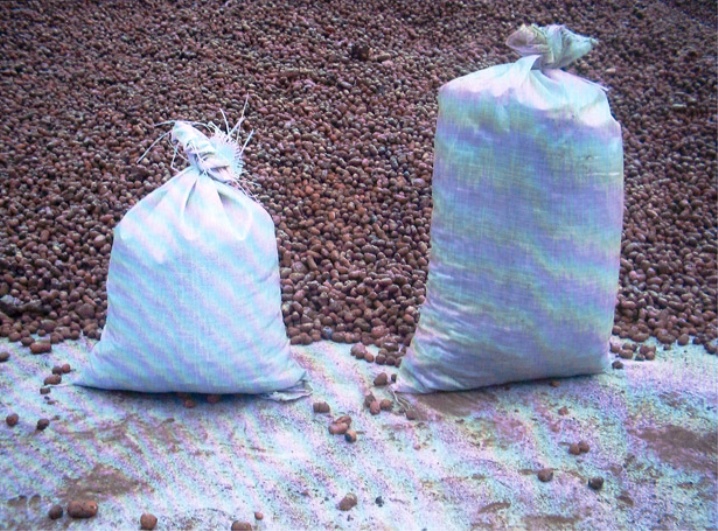
Stamps
There are ten brands of this product on the building materials market. They differ in bulk density, which ranges from 250 to 800. It is calculated depending on the fraction in suitable measuring containers.
Usually, the larger the fraction, the lower the bulk density.













The comment was sent successfully.